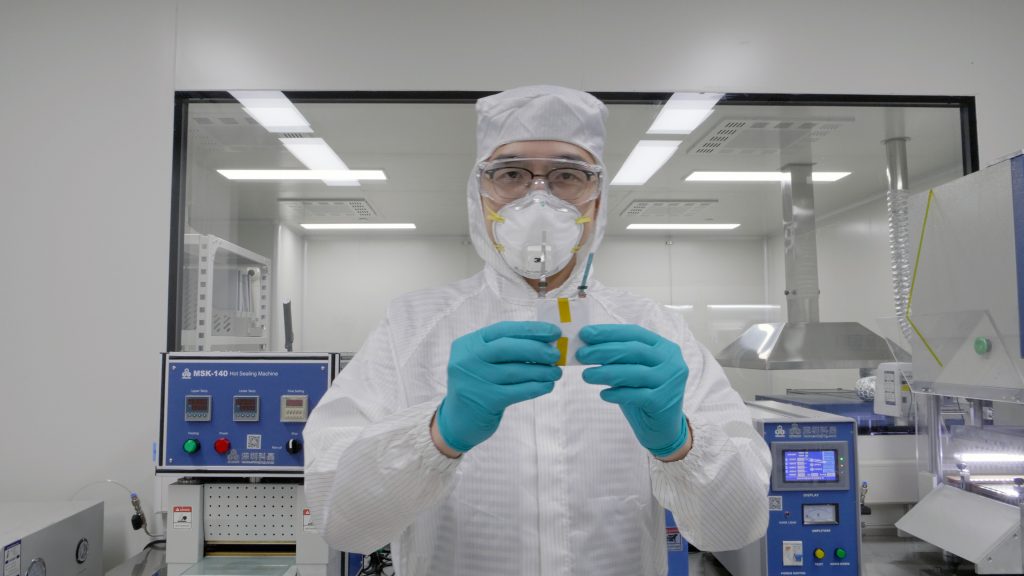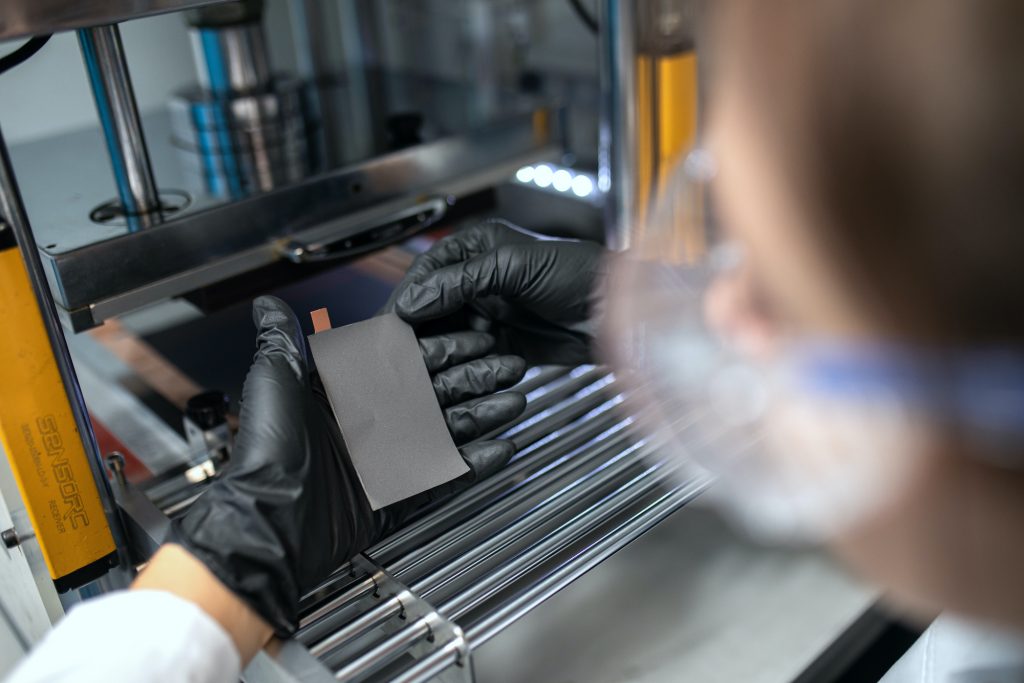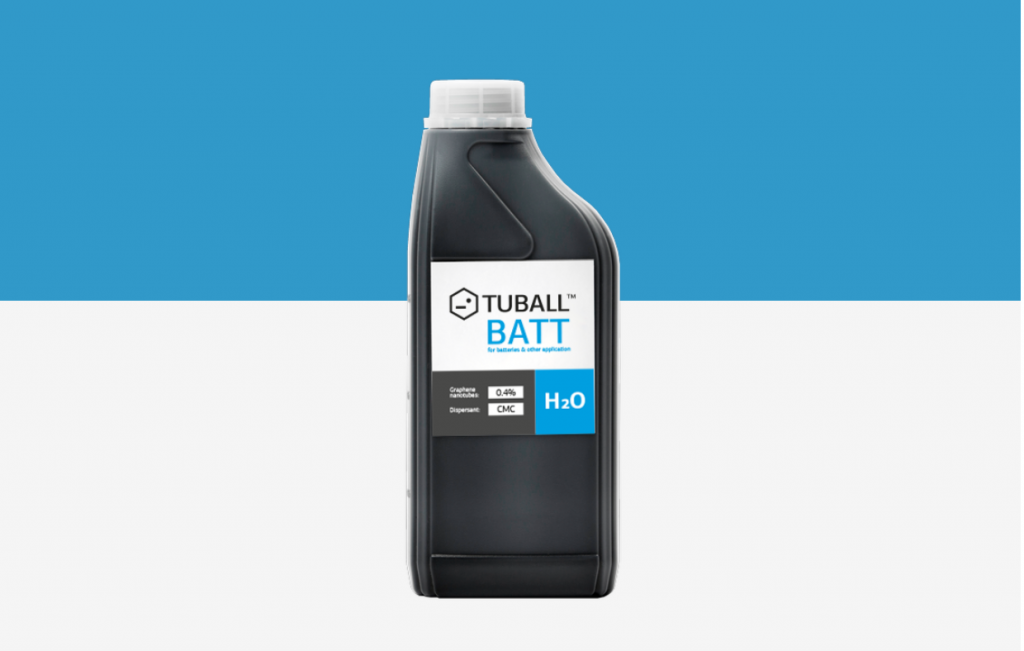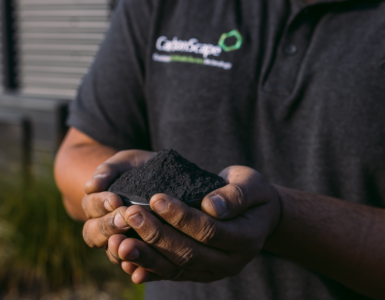OCSiAl – an Interview with Andrey Senyut, Head of Energy Projects, and the key role of their graphene nanotubes dispersion for silicon anodes for EV batteries.
Andrey Senyut, Head of Energy Projects at OCSiAl gave us an interview during the Battery Show 2021 taking place from Nov 30 to Dec 02 in Stuttgart, Germany.
Andrey Senyut leads the product development of high-performance solutions based on TUBALL™ graphene nanotubes for Li-ion batteries and other energy storage applications for OCSiAl Group. An expert in the energy field, Andrey holds several majors in technical entrepreneurship and applied physics.
A lot of car and battery makers declare silicon anode as the technology of the future that will stimulate mass use of electric cars. What are your thoughts on this?
Recently one technology has gathered the consensus of the scientific and commercial EV community, that is silicon based anodes for batteries.
🔥 What about we co-host a webinar? Let's educate, captivate, and convert the battery economy!
Batteries News is the global go-to online magazine for the battery industry, we can help you host impactful webinars that become a global reference on your topic and are an evergreen source of leads. Click here to request more details
At Tesla Battery Day, Elon Musk announced plans to increase the silicon content in EV battery anodes: substitution of the graphite by silicon addresses the key industry challenge of reaching high energy density, fast-charge ability, and cost reduction of electric vehicle lithium-ion batteries.
This has not only been announced by Tesla but also by other major EV makers such as Porsche and VW.
Silicon based anodes increase energy density to up to 400 Wh/kg. The use of silicon allows faster charging and silicon itself is the second most abundant element on earth, making it a great option to have scalable and cost-effective anode production.
You are not producing cells, batteries, or cars. What do you do?
OCSiAl is producing additives, dispersions, based on graphene nanotubes for lithium-ion batteries.
The use of graphene nanotubes, also known as single wall carbon nanotubes, is currently one of the most efficient solutions on the market for the problem of silicon anode degradation.
Nanotubes are able to mitigate the failure of the anode by forming a robust conductive network to hold particles of silicon together during their expansion. And in cathodes – reduce battery internal resistance, increase the thickness of the cathodes, thus, further increasing energy density.

For how long has OCSiAl been working on these developments?
OCSiAl has been active in the li-ion battery business for about the last 7 years, developing a wide range of solutions for both cathodes and anodes.
What is so unique about these graphene nanotubes? In what characteristics do they outperform other additives?
To put into perspective the benefits that graphene nanotubes bring to silicon anodes for batteries it’s important to mention that silicon has a volume expansion during charging.
Silicon expands about 4 times its original volume during charge and there is a subsequent contraction during discharge. After multiple cycles, cracks tend to appear which is the main cause of degradation to anodes containing typically graphite. This is a serious limitation to silicon anode performance.
About 4 years ago OCSiAl launched a range of products for anodes and cathodes where the intrinsic properties of our graphene nanotubes, such as length and flexibility, provided the desired robust network for silicon anodes to overcome degradation, and for cathodes to reduce battery internal resistance or make thicker electrodes.

Do silicon anode makers need special equipment to make use of your graphene dispersions?
No. OCSiAl provides its graphene nanotubes as a dispersion that can be simply added to the anode or cathode slurry mixture and processed in conventional equipment. The dispersions are 100% compatible not only with the standard equipment but also with the standard silica oxide used to fabricate the anodes.
Are these laboratory results, or you have already entered the market?
The superior advantage that our graphene nanotubes bring to silicon anodes has been validated in the lab and also in the market by EV battery makers.
Our graphene nanotubes are produced in a reliable way and the technology is mature enough, as to have serial production to supply dispersions of our nanotubes to EV battery manufacturers.
Currently, mass production is taking place in China, Japan, Korea and it is part of OCSiAl’s vision to establish a dispersion factory of our nanotubes in Europe with a capacity of several thousands of tons per year.
What market share do you expect to cover in 5 years?
By 2025, OCSiAl is targeting a capacity to produce its graphene nanotubes for EV batteries that will equate to 1,000 GWh or about 15 million battery packs.
OCSiAl will retain the leadership in graphene nanotube dispersions for batteries for the foreseeable future given its patented production technology as well as its deep expertise on this field.
In terms of market share OCSiAl estimates to capture about 80-90% of the silicon anode market and have a dominant position in high-energy cathode batteries.

What other battery applications additionally to silicon anodes graphene nanotubes have?
Our graphene nanotubes act as the best conductive material, both thermally and electrically, along with their high aspect ratio; these results essential for any energy storage application such as super capacitors or lead-acid batteries.
Other markets where OCSiAl is very active are tires, composites, coatings and engineered plastics.
What is the environmental impact of working with your graphene nanotubes?
We have a positive impact on the environment. The strength of graphene nanotubes allows to increase the strength of materials and, thus, make them lighter – lighter composites, plastics, more efficient tires and etc. the use of our graphene nanotubes allows to use less materials and spend less fuel to be moved around with an overall reduced carbon footprint.
OCSiAl final remarks
OCSiAl is currently active building a European supply chain to serve the demand for high performance silicon anodes and cathodes for the EV battery industry. OCSiAl remains open to partnerships with lithium-ion battery makers to ensure the next generation of l-ion batteries and OCSiAl is ready to create tailor made solutions.
Samples of the graphene nanotube dispersion for silicon anode batteries can be ordered via OCSiAl’s website, follow the link below.
https://tuball.com/nanotubes-for/high-performance-ev-batteries

READ the latest news shaping the li-ion battery market at Batteries News
Copyright © Batteries News. All Rights Reserved.








